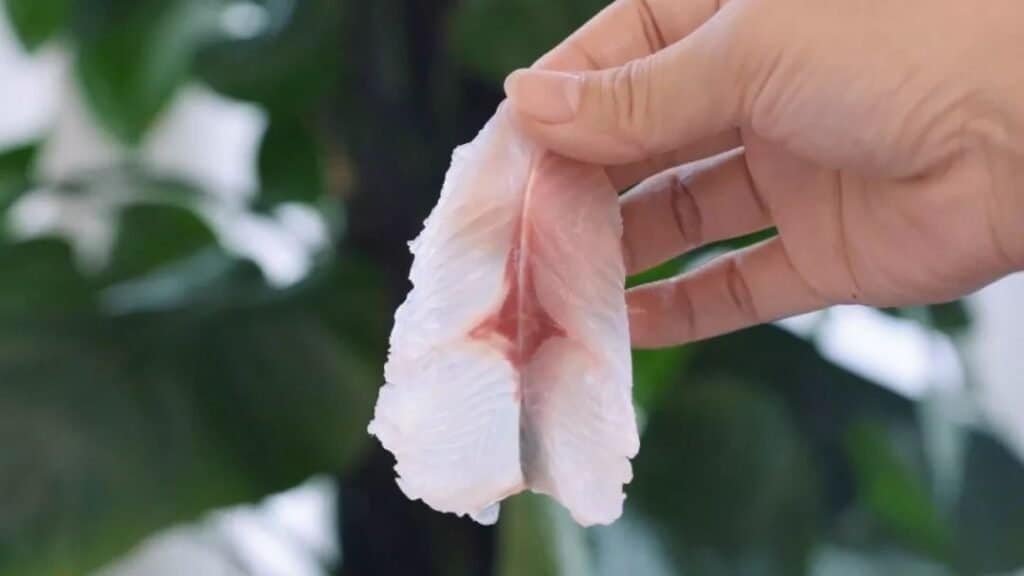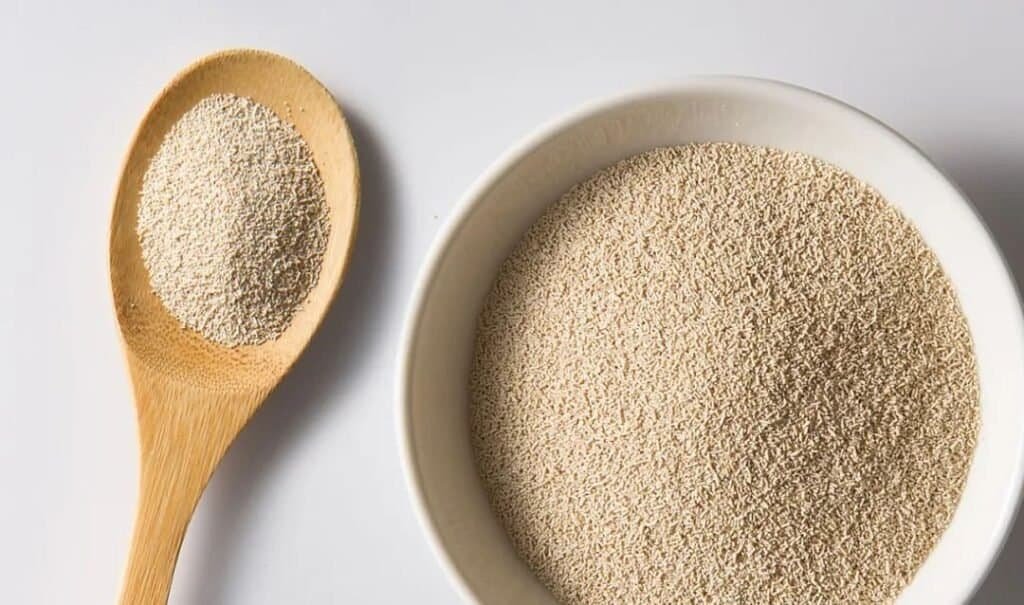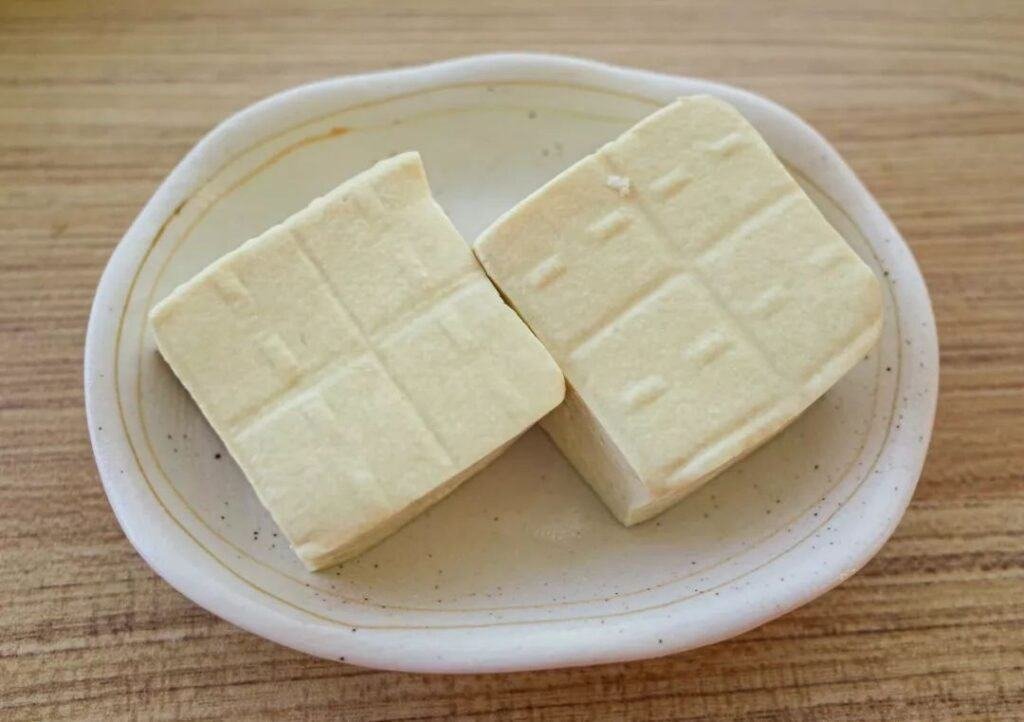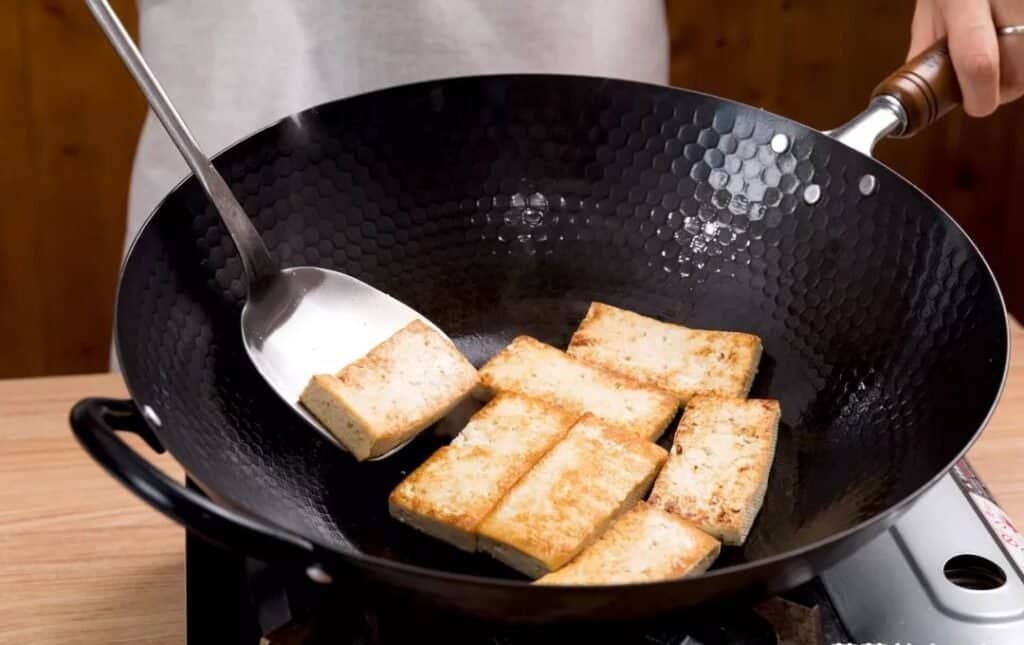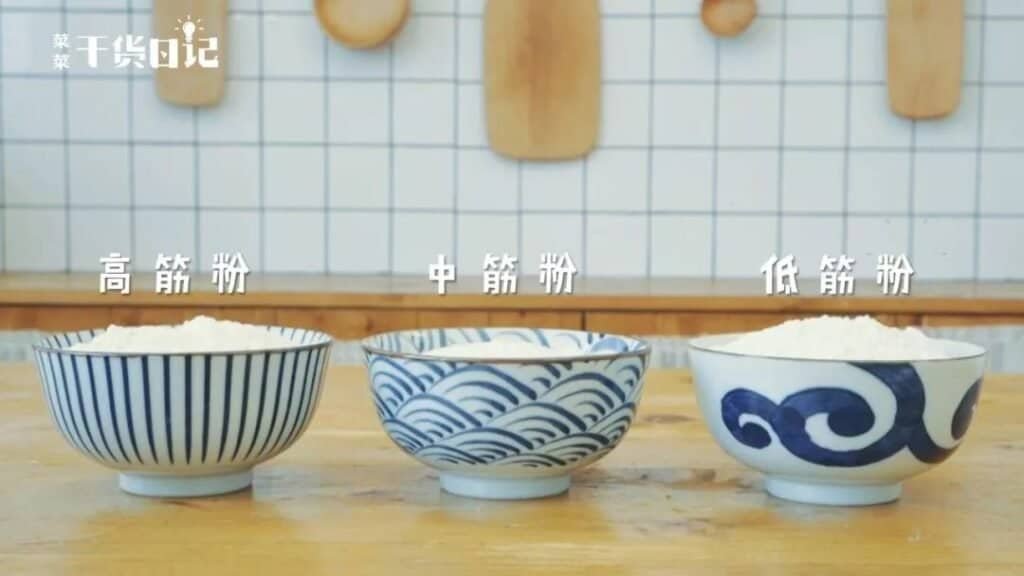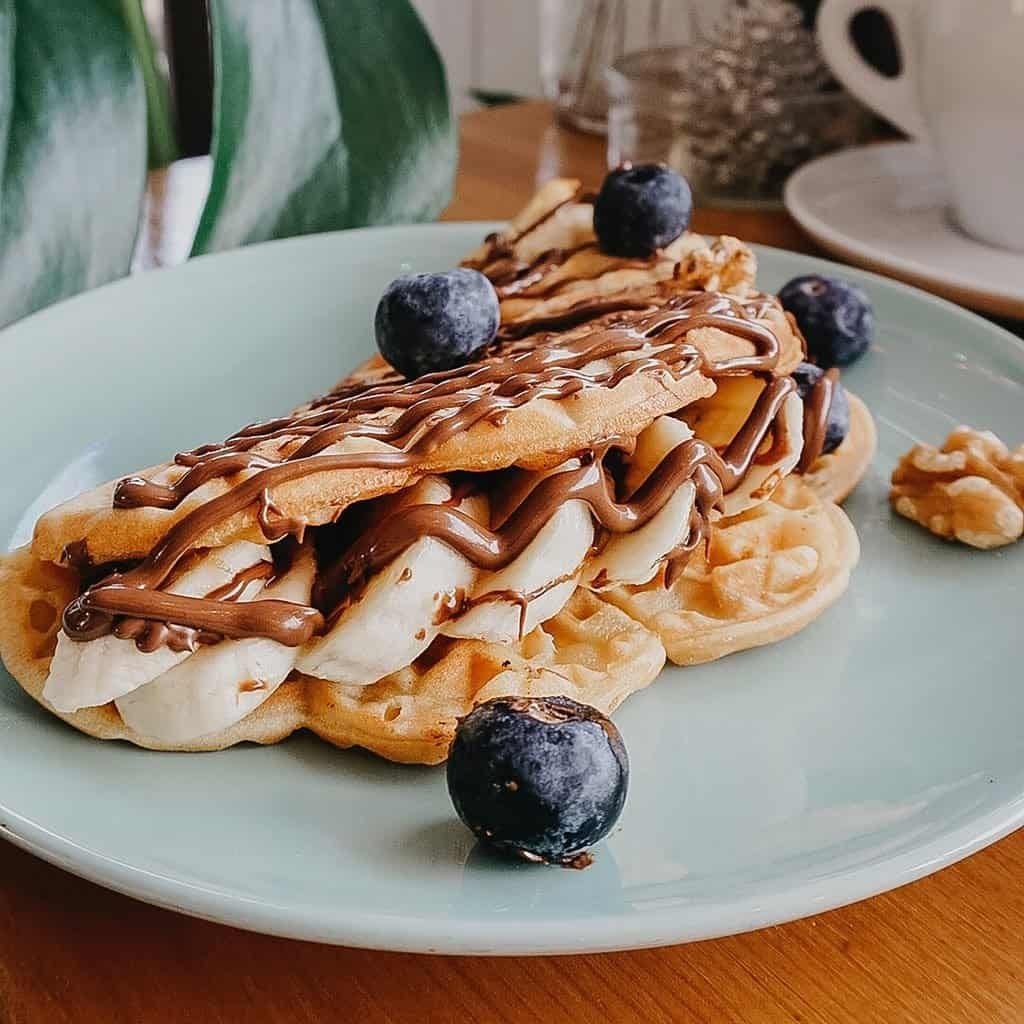Tofu has always been a popular choice in everyday cooking. Whenever I cook Tofu, I receive a flood of messages – half are praises for the Tofu. The other half are from people confused by the different types of Tofu: Southern Tofu, Northern Tofu, firm Tofu, soft Tofu, lactone tofu, and mountain-water Tofu. Can you tell them apart?
Today, let me clear up the confusion and discuss the different types of Tofu, how to distinguish them, and the best ways to cook each type. After reading this, you’ll never be perplexed by Tofu again!
1. The Many Faces of Tofu
Tofu, a common soy product rich in protein, is made from ground soybeans (though black soybean tofu is also available) heated and coagulated with a coagulant.

The diversity in tofu types comes from the different coagulants used. Let’s dive into the details:
1. Gypsum

- Popular in the South, gypsum is used to make Tofu that’s high in water content, bright white, smooth, and uniform. This type of Tofu is known as “Southern tofu,” “soft tofu,” or “water tofu.”
2. Brine (Salt Coagulant)

- In the North, brine is commonly used, resulting in Tofu with less water content and a rougher texture with visible pores. This variety, slightly yellow and with a distinct brine flavor, is known as “Northern tofu” or “firm tofu.”
3. Lactone (Glucono Delta-Lactone)

- A modern coagulant resulting from food industry advancements. Lactone tofu retains high water content, minimizing protein loss and making it very moist, smooth, and glossy. “Firm lactone tofu” and “mountain-water tofu” are both types of lactone tofu, with the former being less watery and more similar to gypsum Tofu and the latter being more akin to Tofu pudding in texture.
Apart from these, some regions and households use lemon juice or vinegar as coagulants, resulting in Tofu with a unique sour flavor, especially common in homemade Tofu.

2. How to Enjoy Different Types of Tofu
“Boil tofu a thousand times, fish ten thousand times” – choosing the right cooking method is key to delicious Tofu. Different types of Tofu, owing to their varying water content, toughness, and elasticity, require different cooking methods.
Lactone Tofu

With the finest texture but difficult to flavor and prone to breaking, lactone tofu is best for cold dishes and soups. Blanche it in salted boiling water for 30 seconds to remove excess water and enhance flavor absorption.

Soft Tofu

Like lactone tofu but with slightly less water and more elasticity, soft Tofu is great for steaming, boiling, or braising. Remember to handle it gently to avoid breaking.

Firm Tofu

With a porous texture that absorbs flavors well, firm Tofu is excellent for frying and stewing. To reduce the strong tofu taste, you can soak it in salt water or blanch it before cooking.

3. Not All ‘Tofu’ is Tofu

There’s often confusion about layered Tofu and Japanese Tofu, which aren’t technically Tofu. Layered Tofu, rich in protein, is made from soy powder and starch, often with additional additives for texture. As for Japanese Tofu, it’s actually made from eggs, offering a silky texture and longer shelf life than traditional Tofu.

4. How to Store Tofu
Fresh Tofu is delicious but tricky to store. If it’s unpackaged Tofu from the market, it’s best eaten on the same day. To store, immerse it in salt water and keep it in a sealed container in the fridge for up to two days. Packaged Tofu, especially lactone tofu, should be refrigerated and consumed quickly after opening.

Don’t let a good piece of Tofu go to waste!

That’s all for this tofu guide. As always, if you have any kitchen-related questions or tips you’d like to know, feel free to leave a comment.

